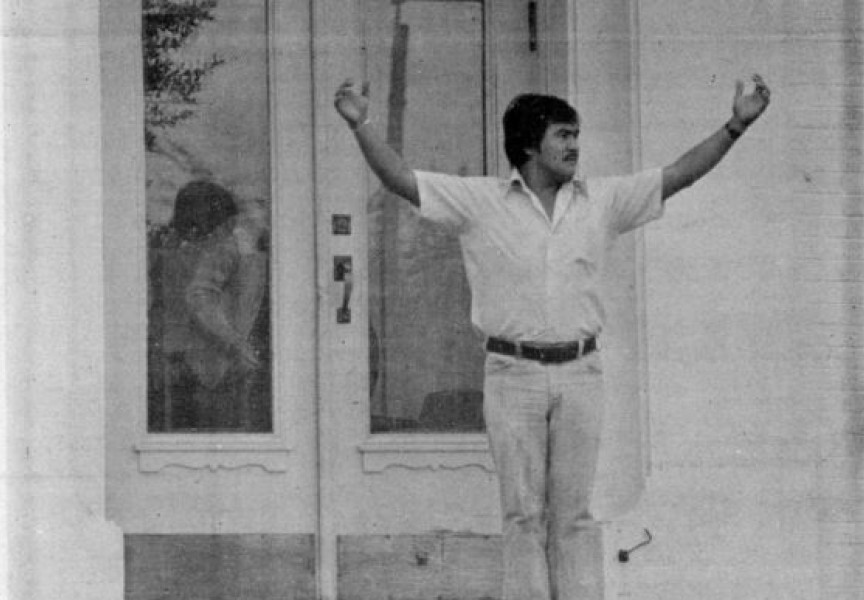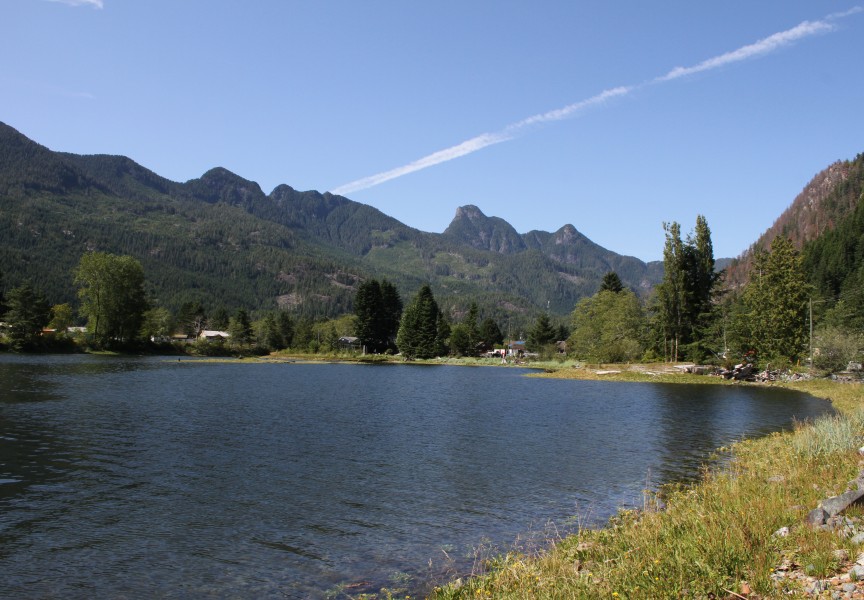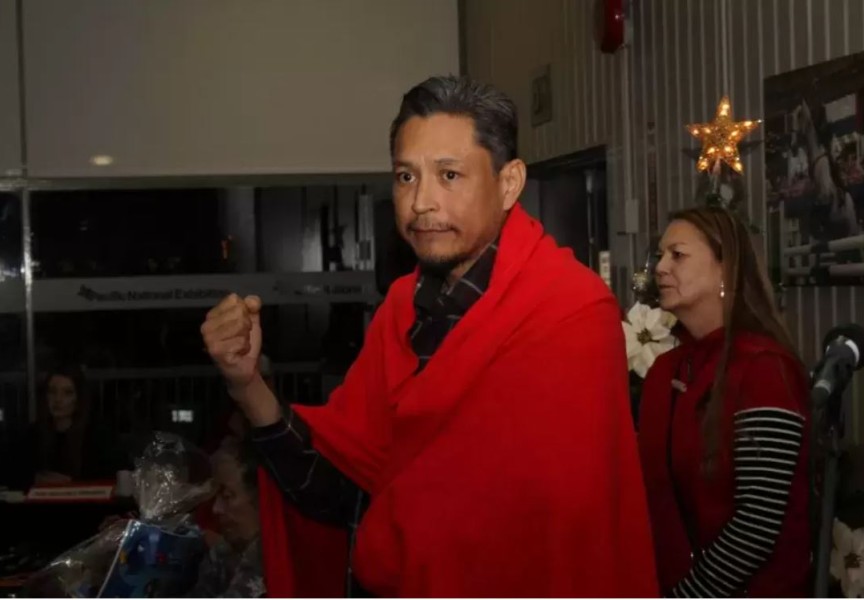When Jeff Cooke first heard that the remains of 215 children were found buried in an unmarked grave at the former Kamloops Indian Residential School, he was pained with heartache.
As the Huu-ay-aht elder thought of all of those children who never made it home, he said he was reminded of his own experience at the Alberni Indian Residential School and the possibility that more burial sites remained uncovered.
“It’s pretty emotional,” he said. “Particularly for survivors of residential schools.”
Since the missing children were located in Kamloops last month, Tseshaht First Nation elected chief Ken Watts said he’s received at least one call every day from survivors with leads to potential sites.
After consulting with hereditary chiefs, residential school survivors, council and staff, the nation applied to Ottawa, requesting some of the $27 million federal funding being made available to help communities locate children who died at residential schools.
There are 139 recognized residential schools in Canada. If the $27 million was distributed equally among them all, Tseshaht would receive less than $200,000.
“It’s probably not going to be enough to do it right,” said Watts. “I’m hoping they go beyond that … it’s really important to honour those children that never made it home.”
Ontario recently pledged $10 million to investigate residential school sites, however, the B.C. government has not yet made such an announcement.
“We are working closely with [the] federal government to support requests from First Nations,” said the B.C. Ministry of Indigenous Relations and Reconciliation. “With respect to investigations at other former residential school sites, we have received several requests and are working through what is needed.”
As First Nations determine the next steps, the ministry said they will be taking guidance directly from the communities.
“Each child has been forever taken from a family and a community that loved them,” said Premier John Horgan in a statement about the burial site at the former Kamloops Indian Residential School. “This is a tragedy of unimaginable proportions. And it is a stark example of the violence the Canadian residential school system inflicted upon Indigenous peoples and how the consequences of these atrocities continue to this day.”
Right now, Watts said the nation needs the funding to hire someone to help with the research and to answer phone calls from survivors.
“We need to hear the stories, do the scanning, come back with a report, determine next steps and make sure it's all grounded in our culture,” he said. “It’s not just running a machine through our territory – it’s cleansing the space and cleansing the people that go in to do that work so they don’t have that negative energy on them.”
Part of the research will include identifying every student who attended the Alberni Indian Residential School in Port Alberni, said Watts.
“We owe it to the people that were there,” he said. “Whether they’re with us now, or they’re gone, or they never made it home, we need to honour them.”
Similar to a war memorial, Watts said they would like to commemorate every student that attended the school, including a special list of the names of the students who never returned home.
Jack Thompson was sent to the Alberni Indian Residential School when he was eight years old. The abuse from three of his supervisors began during his first year at the school and persisted throughout the 10 years he was there.
The Ditidaht elder is still filled with anger. In part, because he never got to confront his abusers before they passed.
As he continues to care for his open wounds, the 73-year-old said he hopes that finding the children who went missing from the Alberni Indian Residential School will help others heal.
“It will help when these kids find their way back home,” he said. “Rightly where they should have went.”
Buildings from the former residential school still stand within the community of Tseshaht, like the Maht Mahs Gym and the NTC’s green SEEDS building, which was formerly known as Caldwell Hall.
Watts described Tseshaht’s territory as a hub for Nuu-chah-nulth people. Cultural gatherings are often held in the gymnasium, but when residential school survivors see the remaining Caldwell hall, many are triggered, said Watts.
“It’s such a reminder,” he said. “It’s an open wound that we hope we can take down someday – sooner rather than later.”
Recently, the Daylu Dena Council in Lower Post, a remote town near the B.C.-Yukon border, received $11.5 million in federal funding and $1.5 million from the province to demolish a former residential school building. A cultural centre is planned to be built in its place.
Watts is following their lead by seeking funding from the federal and provincial governments to do the same.
“I believe [they] have an obligation, both morally and financially, to help us do the important work we need to do,” he said. “If you're a survivor from northern B.C., and you want to come back to the site and reclaim who you are, it'd be nice to know that there's a facility there to support you and your work.”
Indigenous people across Canada have heard horror stories about residential schools for decades.
“A lot of people knew about the abuse,” said Watts. “People knew that a lot of children didn’t make it home … but these aren’t just stories anymore. This is real. This is solid evidence that the horror stories they say are true.”
Even though the Alberni Indian Residential School was placed in Tseshaht territory without the nation’s consent, Watts said they now “have a responsibility to support [the families] to get the answers they need and deserve.”
“There’s lots of work to do and this is just the beginning,” he said. “It’s going to be tough, but it will provide some relief.”







